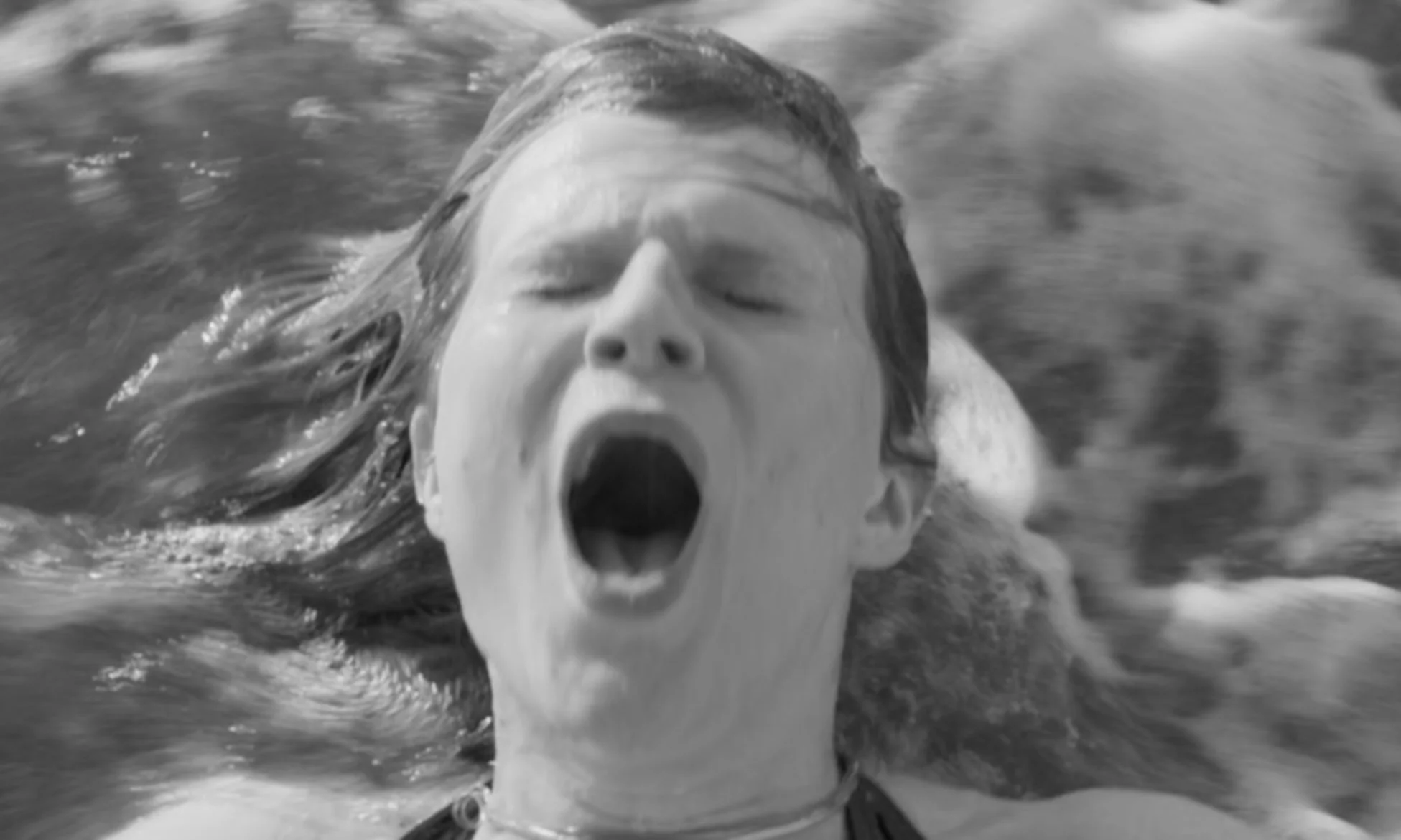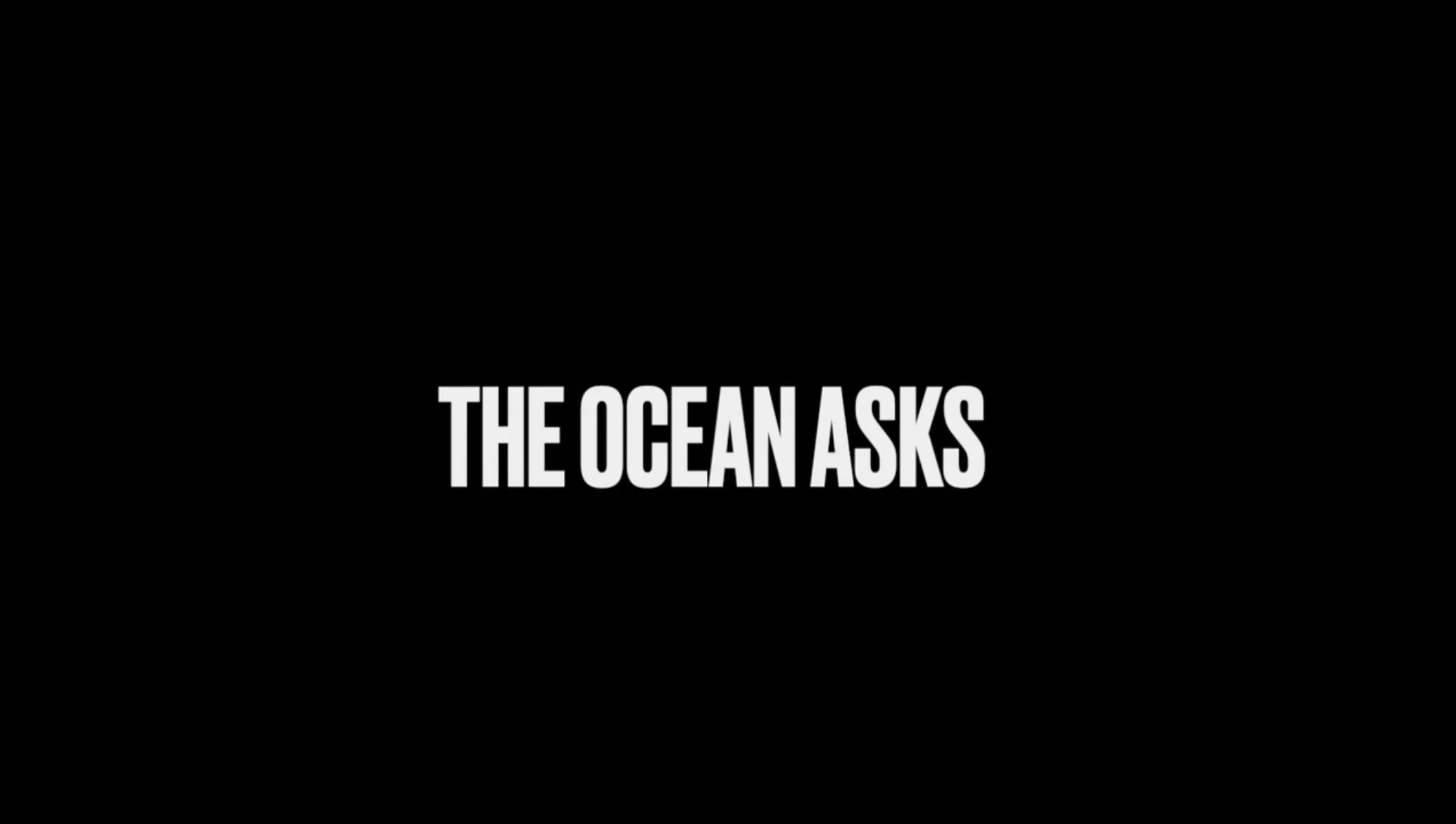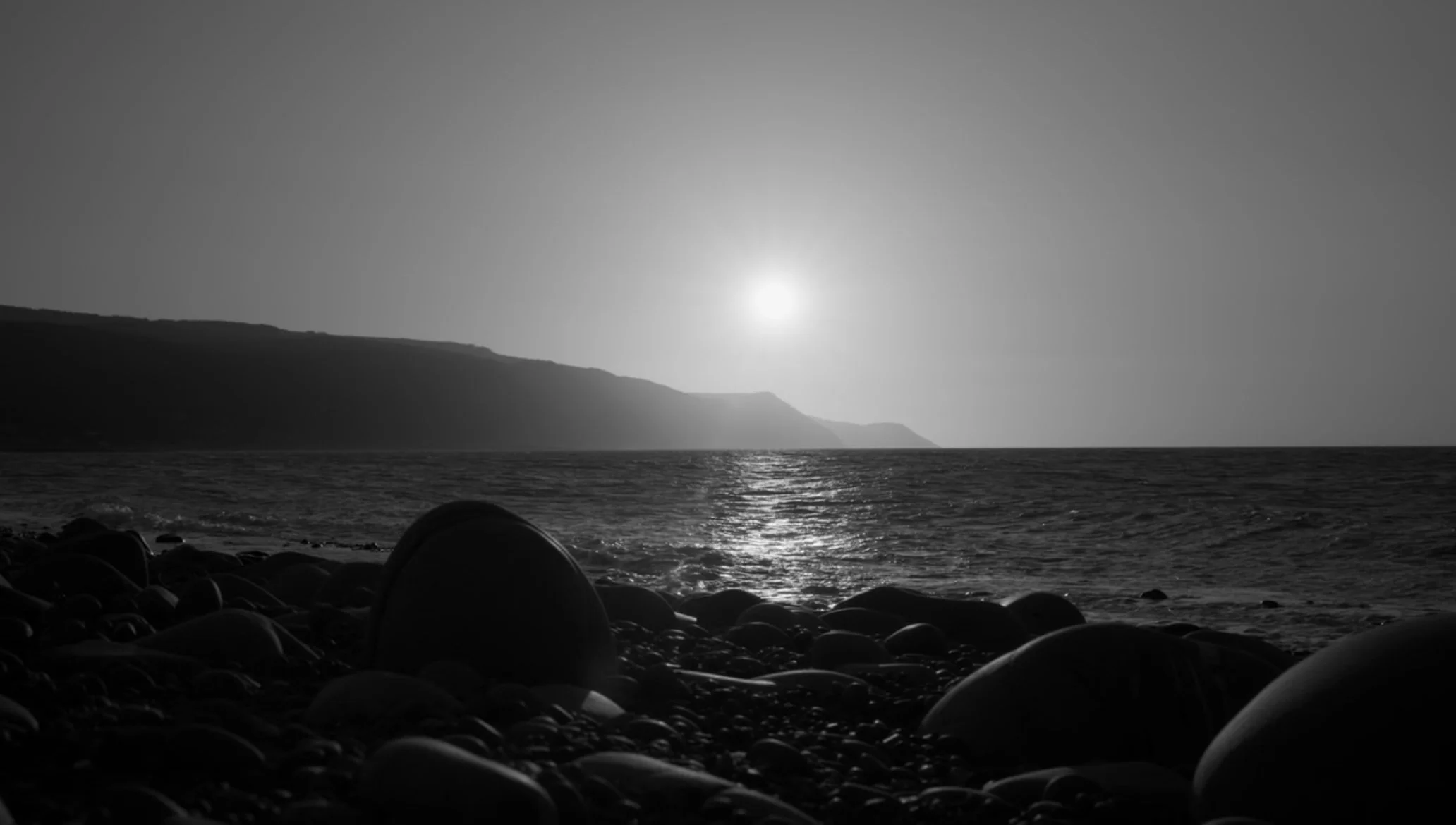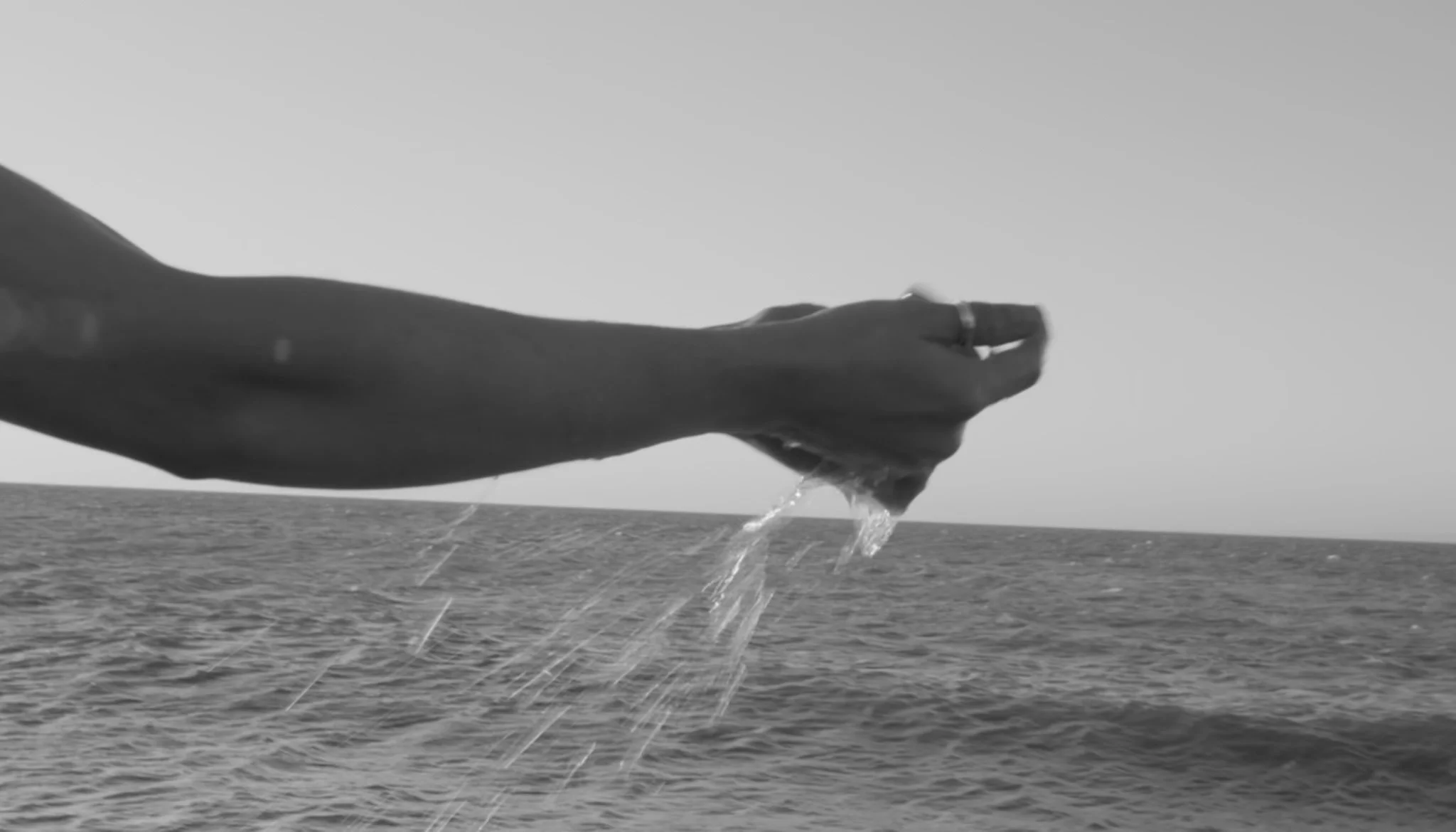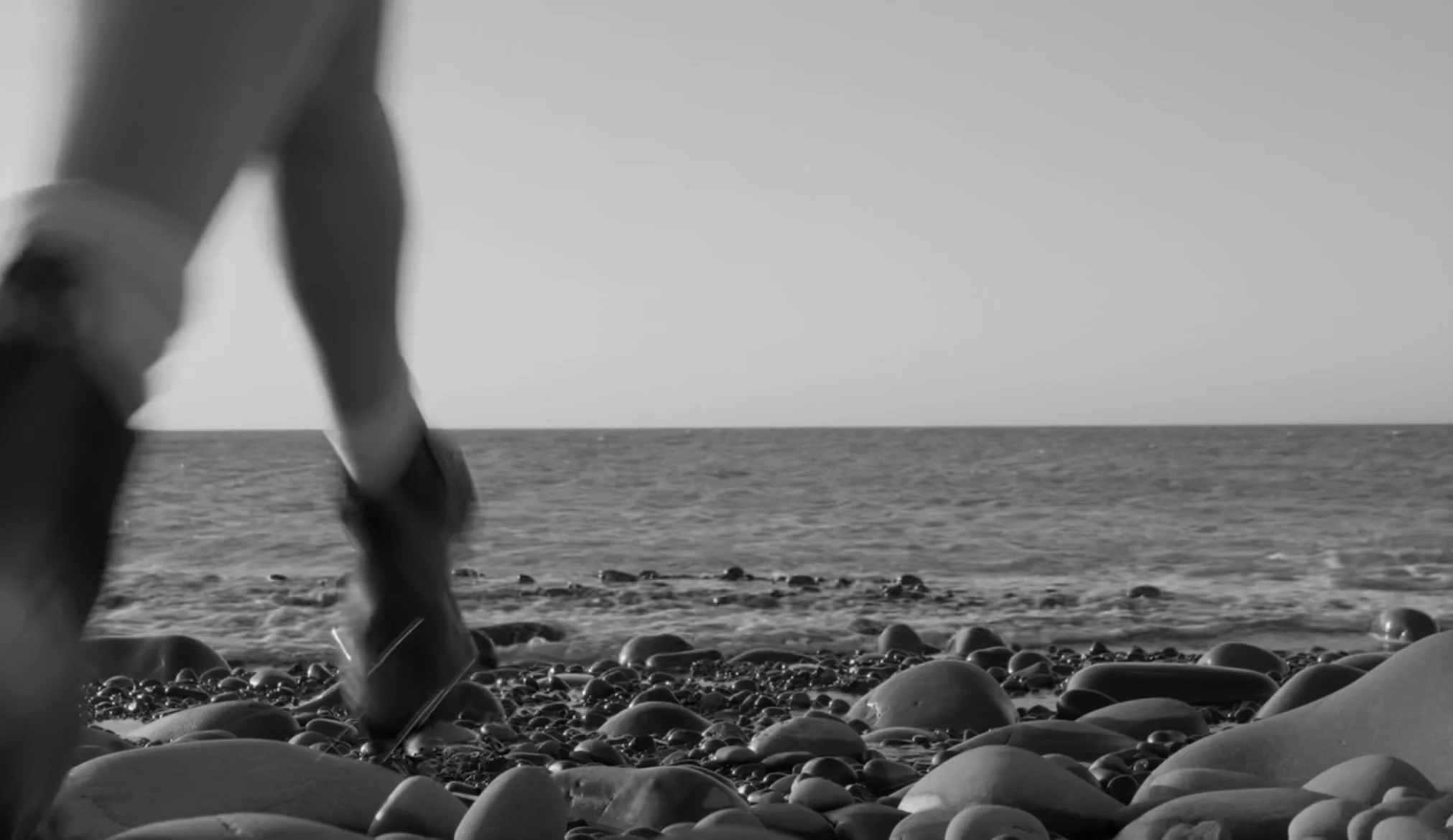THE OCEAN ASKS
Experimental 90 Seconds Film
2025
By Mischa Jardine and Oliver Trigg
THE OCEAN ASKS
How much water is in the ocean?
More than we could ever cup in our hands,
more than the sky could borrow in storms.
It sways beneath the moon’s silver touch,
pulls itself toward distant shores,
then sighs and turns back again.
What comes to mind when you hear the word ocean?
Endlessness. Home.
The ache of waves against cliffs, the hush of morning tide.
A place to lose yourself.
A place to begin again.
And in what ways are we like the ocean?
A pull that we don’t understand?
Depths that no one has seen.
Storms that pass.
Light that reaches in, but never quite touches the bottom.
And still, how much water is in the ocean?
Enough to hold the sky’s reflection.
Enough to carry the weight of the moon.
Enough to remind us, always,
that the world is vast, but so are we.
Written by Mischa Jardine
Project Overview:
When I imagined the question, “In what ways are we like the ocean?”, it led to a poem, but I soon realised I didn’t want to answer it literally. I wanted the audience to simply be taken there. Is it the invisible pull between the ocean and the mind? The tension between fear and freedom? The film becomes a quiet, visual meditation on what lies beneath the surface of water. In just 90 seconds, it invites reflection, wonder, and perhaps a deeper compassion for the truth that we each carry our own reasons, even when they remain unseen.
I don’t make things to be understood. I make them because something stirs and asks to be seen. Sometimes that takes the form of an image, sometimes a rhythm, sometimes a question. I don’t always know what it means when I begin and maybe that’s the point. Maybe the act of doing is the understanding, as this was a project that allowed for the freedom of experimenting.
